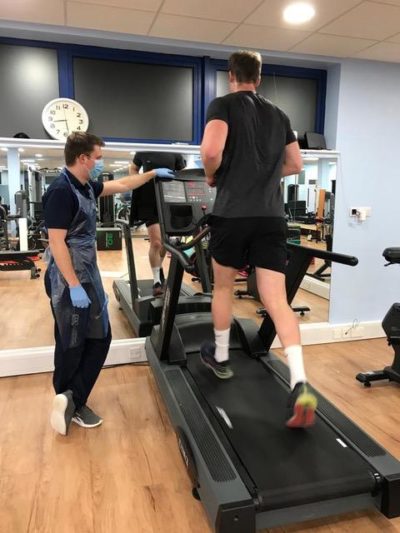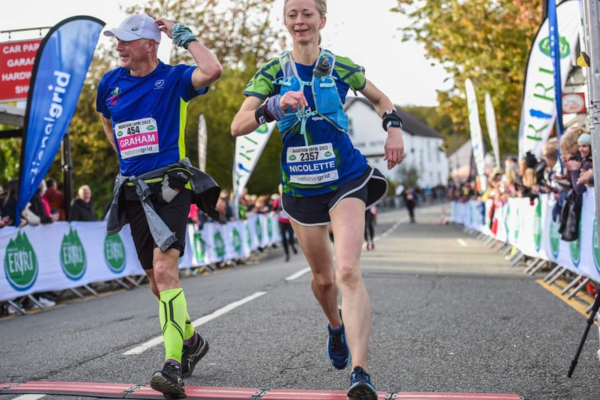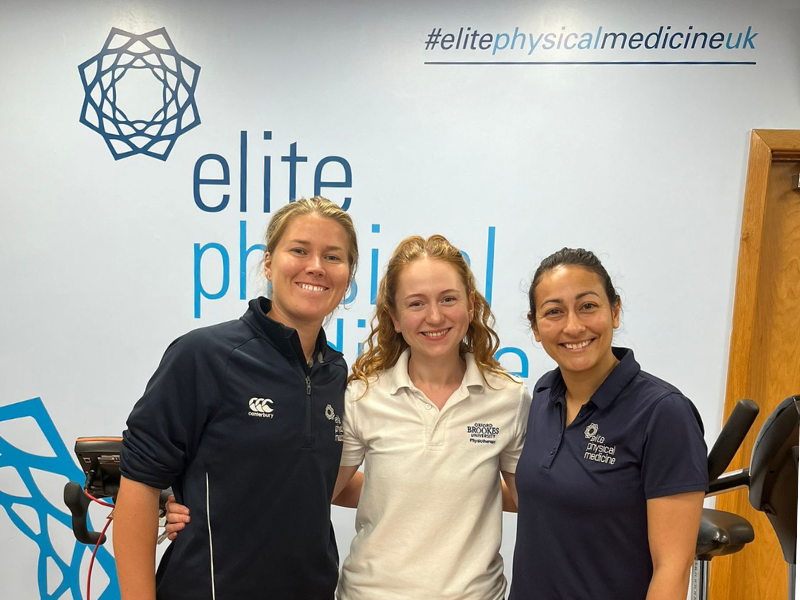Running
Written by: Andy McCrea
Elite’s Running Analysis
During the pandemic two major trends have affected our day to day work at Elite. Firstly, an increase in neck and back pain from poor postures when working at home and secondly, the upsurge of running injuries as people find alternatives to closed gyms.
Why do we get injured?
Approximately 80% of running injuries are caused by training error, in other words doing too much too soon. Whether that is increasing weekly mileage too quickly, running too frequently or even sudden changes of terrain e.g. rough trails, wet fields, canal side camber.
Can I reduce my risk of injury?
Running gait assessments in sports shops are increasing in popularity however, these can be oversimplified and too often focus solely (excuse pun!) on the foot and ankle. At Elite, we consider our runners more globally, we consider variables such as cadence, gait width, strike pattern and pelvic alignment. We also formulate a bespoke strength/conditioning and running programme that outlines a progressive plan to the date of your event or specific goal.

What can I change?
One such variable is cadence, this is the number of steps you take in a minute, this variable is slightly different for everyone depending on their running technique and leg length but typically an ideal cadence is somewhere in the region of 170-190 steps a minute. Typically, changing your cadence by 10% can reduce the force through your knee by about 30% which may significantly reduce pain. We can advise on different techniques and technology to best track your cadence.
A common error revealed on analysis is a narrow gait width, when someone is running with one foot almost in front of the other. This causes them to land on the outside of their foot which results in what appears to be excessive rolling in, “over pronation”. This is correctable but often misinterpreted and the wrong shoes are issued. In this instance a nice coaching point is to recommend running with your feet on either side of an imaginary line, this will help restore width and reduce pronation. This is effective is reducing conditions such as ITB friction syndrome.
This is clearly not an exhaustive list of training errors but it highlights that thorough history taking and detailed running assessment can flag up some training errors which once identified and managed can increase efficiency and reduce the risk of injury.
From all the team at Elite stay well, stay active, and enjoy your running.
For further information, or to book an assessment contact us on 01296 437717.
References
- Heiderscheit, B.C., Chumanov, E.S., Michalski, M.P., Wille, C.M. and Ryan, M.B. (2011) ‘Effects of step rate manipulation on joint mechanics during running’. Medicine and science in sports and exercise. 43(2) pp.296–302. Available at: https://www.ncbi.nlm.nih.gov/pubmed/20581720
- Schubert, A.G., Kempf, J. and Heiderscheit, B.C., (2013) ‘Influence of Stride Frequency and Length on Running Mechanics’. Sports Health: A Multidisciplinary Approach. 6(3) pp.210–217.
- Meardon, S.A., Campbell, S. and Derrick, T.R., (2012) ‘Step width alters iliotibial band strain during running’. Sports Biomechanics. 11(4) pp.464–472.



